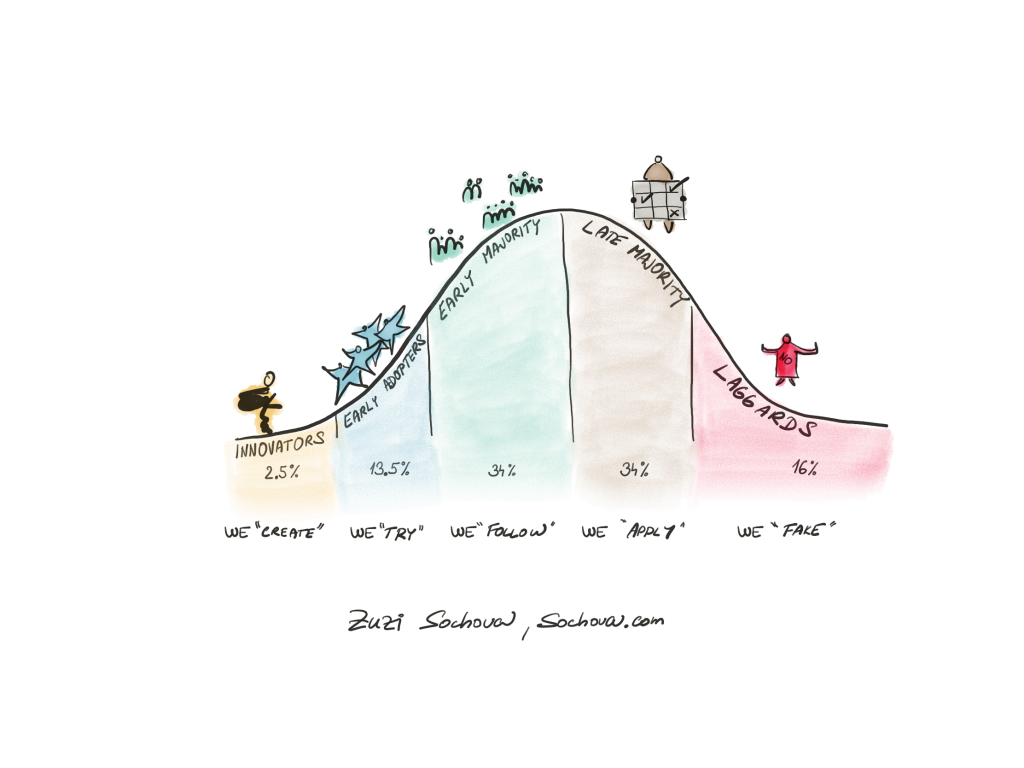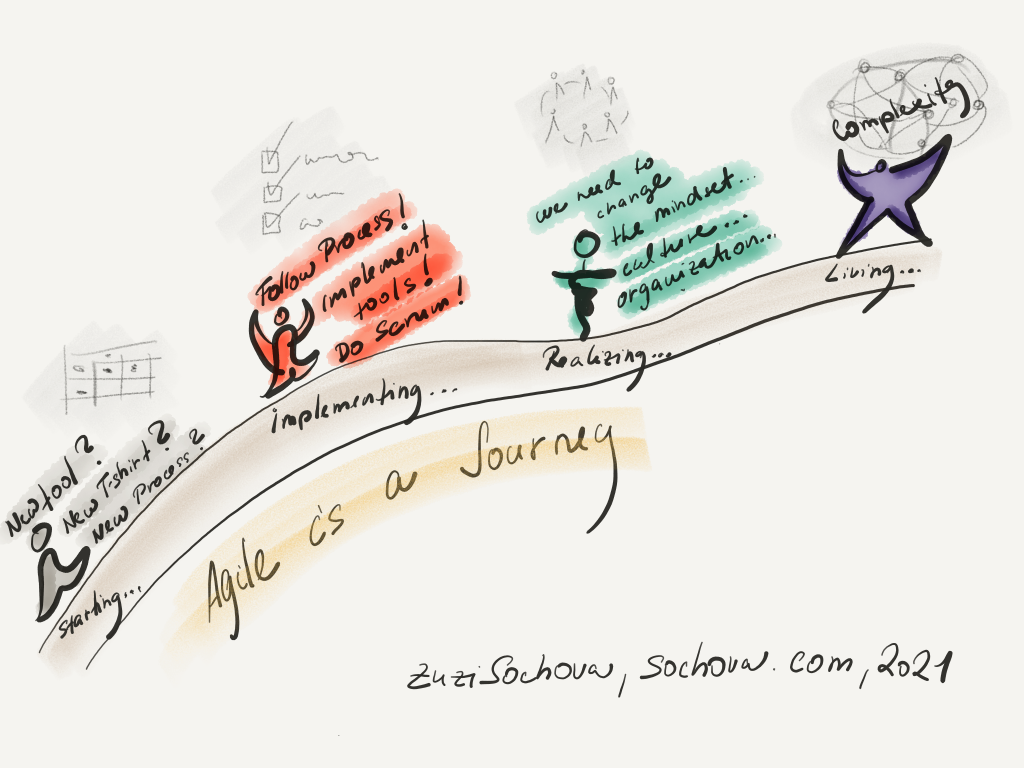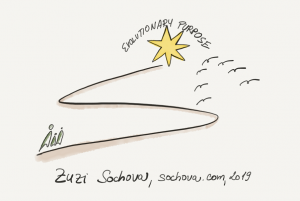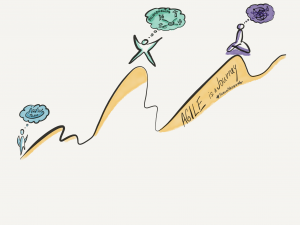The only reason I’m still stuck with Scrum is because I’ve experienced it. Over the years I’ve seen it working so great, that I sort of felt in love with the energy well-functioning teams are creating. I love the self-management, I love the value-creation, and the impact the environment has on customers and the overall business results.
But it was not always like that. I didn’t like it at first. I took it as another process. I was angry that I must change. Deeply insight, I was afraid of the change that seems artificial, stupid, and crazy. At first, with my team we didn’t really like what we were requested to do, trying to fake it. Making all the possible mistakes you can imagine. The break point happened when we realized that it’s not about having a backlog, it’s not about standups, it’s not even about having a retrospective. It’s about the ability to take over the responsibility and ownership and do things our way. That Scrum is only a framework that allows you to creatively create outcome. Not just some work but achieve real value customers care about. And more over I realized that there is no need for perfection. By inspecting and adapting we make it work. If it doesn’t work, we improve it and find a way how to be successful. Change is our next day.
So why are organizations so stuck with faking it? Firstly, after that many years, organizations still don’t have people who experienced the real Scrum spirit and energy. They are so stuck in the project management individual way of working that it’s close to impossible to even imagine how things could be different. I used to believe that when we make agile well-known word, people use the common sense, and by inspecting and adapting create their own way of being successful. Instead, I see too much of the “Fake Scrum”, “Grey-processed Scrum”, or even “Dark Scrum”. So, stop saying it will never work here and start finding a way. I eventually had to redefine the goal. I now believe that we, the agile community, need to actively fight the flavors of Dark Scrum. That’s why I wrote the Great ScrumMaster: #ScrumMasterWay and Agile Leader: Leveraging the Power of Influence books. That’s why I teach and coach hundreds of practitioners. To help them to return to the mindset, help organizations to realize what are the principles, and what is this change really about:
- There is no one way. Stop copy pasting practices, follow the principles.
Create your own way by inspecting and adapting.
- It’s not about delivery but about achieving value.
Deliver end-to-end value.
- Don’t hide behind contracts, invite the customer in your team and collaborate.
Create partnerships.
- We don’t know what needs to be done, only what needs to be achieved.
Be adaptive.
- Don’t focus on growing individual skills, build environment for team collaboration.
Relationships maters.
- Don’t hide things behind tools, roles and processes. Share everything so everyone knows what’s happening.
Crete radical transparency.
- You don’t need to control everything. Trust the team they can make it together.
Become an Agile Leader.
So if you are wondering how much of “Fake”, “Grey/processed” or “Dark” Scrum you have make an assessment around the following points on a 0-100 scale. If your overall score is 0-30 you’re stuck in traditional management, 31-49 it’s a blend, and it surely feels that way. No that it’s not a start but there is a lot of pain over here and there. Finally, if your overall score is 50-70, congratulations. You are on the journey. It’s not about being ideal but improving along the way. Embrace the Kaizen principles.








